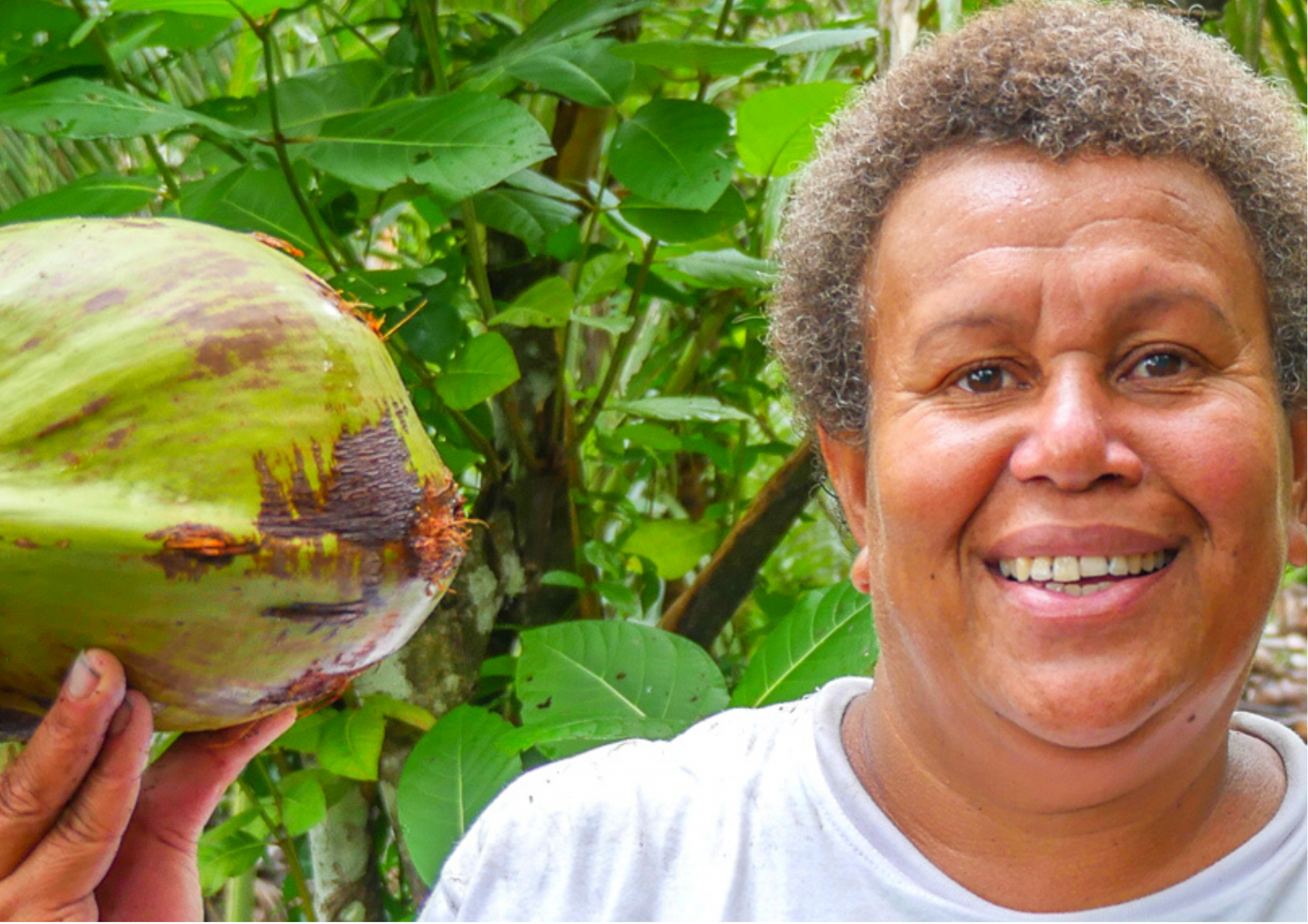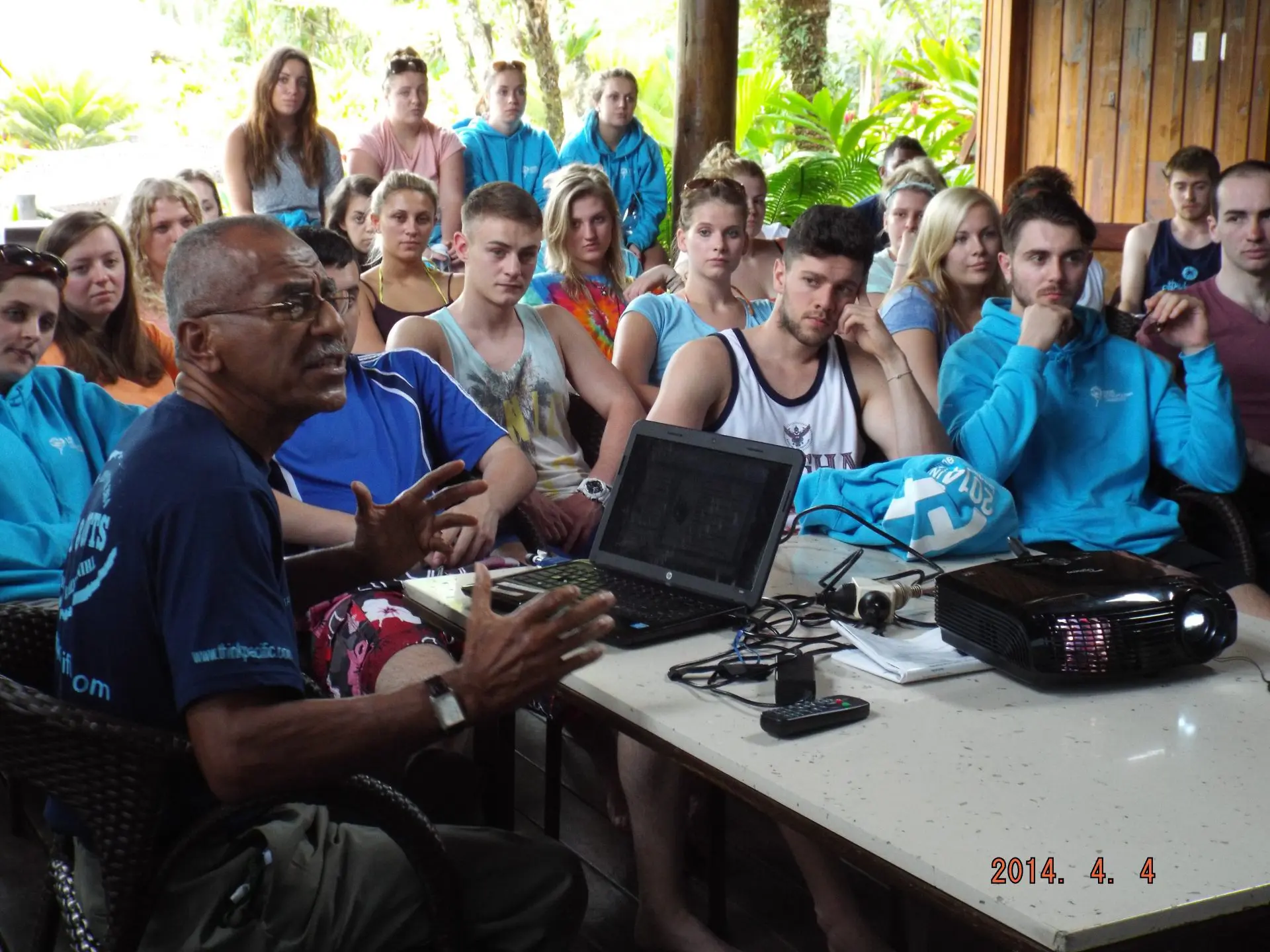4. The Individual Perspective
Everyone has the power to make a positive impact, in this section we will explore the power you have as individuals to be more sustainable in your everyday lives. Through learning and incorporating some of the things we discuss in this module you can become catalysts for change.



Consumer purchasing power is a powerful tool not to be underestimated. In recent years we have seen consumer influence become stronger than ever before, ultimately forcing businesses to change the ways in which they operate.
It’s quite simple really…if as consumers, we don’t agree with a business’s ethics or social responsibilities, then we are likely to shop elsewhere.
Our power as consumers has grown thanks to increased access to information, an ever-expanding choice of goods and services and of course, with the opportunity to share business reviews on social media and customer review websites.
For these reasons, it is much harder for businesses to attract and retain consumers – if they cannot meet increasing customer needs they will have to say goodbye to their customers. Thankfully, ethical practices, environmental sustainability and social responsibility are high on consumers priority lists, and therefore businesses must reflect this.
Globally, we are more conscious about our shopping habits and as a result we are seeing business behaviour change – companies are thinking about how they can alleviate any negative effects they are having on the environment.
As consumers, we can become more conscious of the things we buy with the right mindset and increased gratitude.
Practising gratitude is acknowledging the goodness in life and appreciating what you’ve got. Gratitude helps people to feel more positive towards themselves and their lives – which has a range of benefits for health and self-development but also has a key role to play when it comes to an individual’s consumption.
Try taking some time out to be mindful of all the things you own – it could be worth jotting these things down.
Lifestyle Choices
As we have just explored in the previous sections, everyone has the power to make a difference, reduce their carbon footprint and become more sustainable.
We hope through the modules so far that your concept of sustainability and how you can approach this may have (hopefully) been challenged. The aim was to present you with many multiple sides of the argument to encourage you to become a more rounded thinker, capable of delving beyond initial headlines and are able to dig for yourself to determine your own thoughts.
Now what are you going to do with the information that has been presented to you?
“Everyone thinks of changing the world, but no one thinks of changing himself.”
– Leo Tolstoy
In this section we want to start providing you with ideas on how you might you choose to make small (or big!) changes to your lifestyle. It is so incredible to see climate justice movements in communities around the world, with activists, such as Greta Thunberg bringing millions of people together to demand change. Her “school strike for the climate” brought her to the global stage and this movement inspired more than 10 million people worldwide to come together, demanding action on climate change.
Her story is proof that everyone is capable of making a difference…how will you become a catalyst for change?
The 'Greta Thunberg Effect'A Culture of Waste
Fast fashion is a term used to describe the rapid, mass production of designs seen on the catwalk at a very low cost. This moment has made fashionable items accessible to everyone, but at a huge environmental cost, through this low cost mass production a dangerous ‘culture of waste’ has been created.
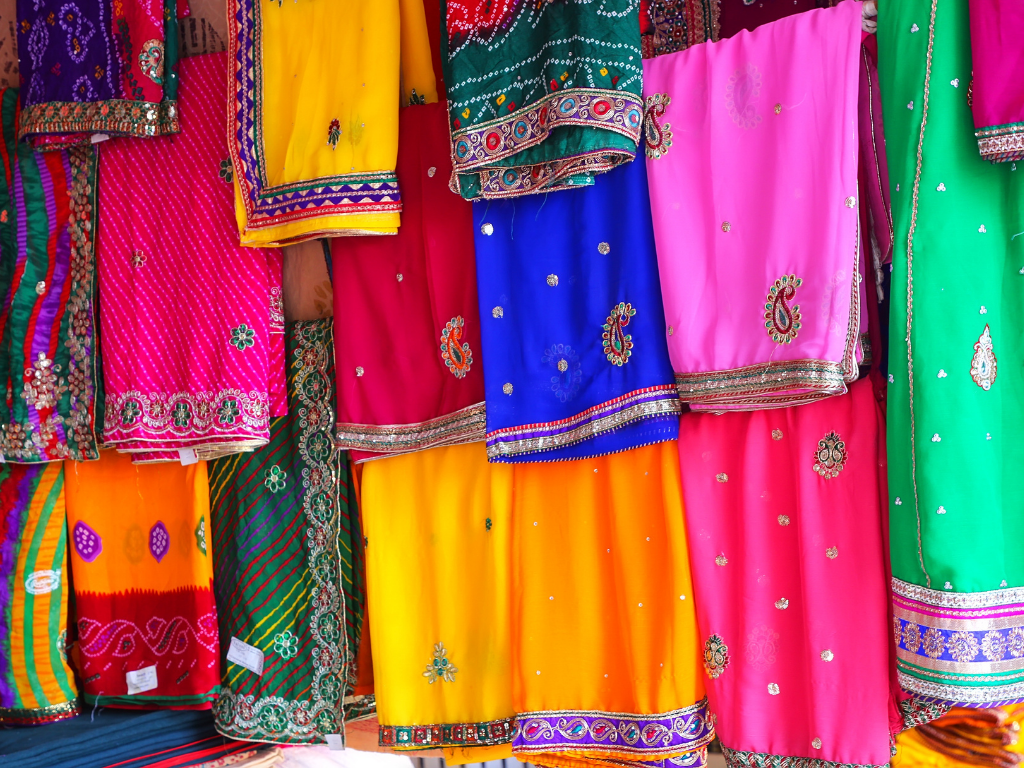
Fashion is one of the world’s most polluting industries and generates shocking quantities of waste…
- To produce just one kilogram of cotton 20,000 litres of water are required (World Wildlife Fund 2019)
- It is estimated that the industry accounts for around 20% of industrial water pollution (with high levels of chemicals that are toxic to marine life and humans)
- The global fashion industry accounts for 10% of global carbon emissions.
- In 2015 the industry exceeded the carbon footprint of both international flights and maritime shipping – producing an estimated 1.2 billion tonnes of greenhouse gases (Ellen Macarthur Foundation 2017).
- In the UK over 300,000 tonnes of clothes end up in landfills every year – making it the fastest growing category of waste in the country.
- It is estimated that by 2050 global clothing sales could more than triple.
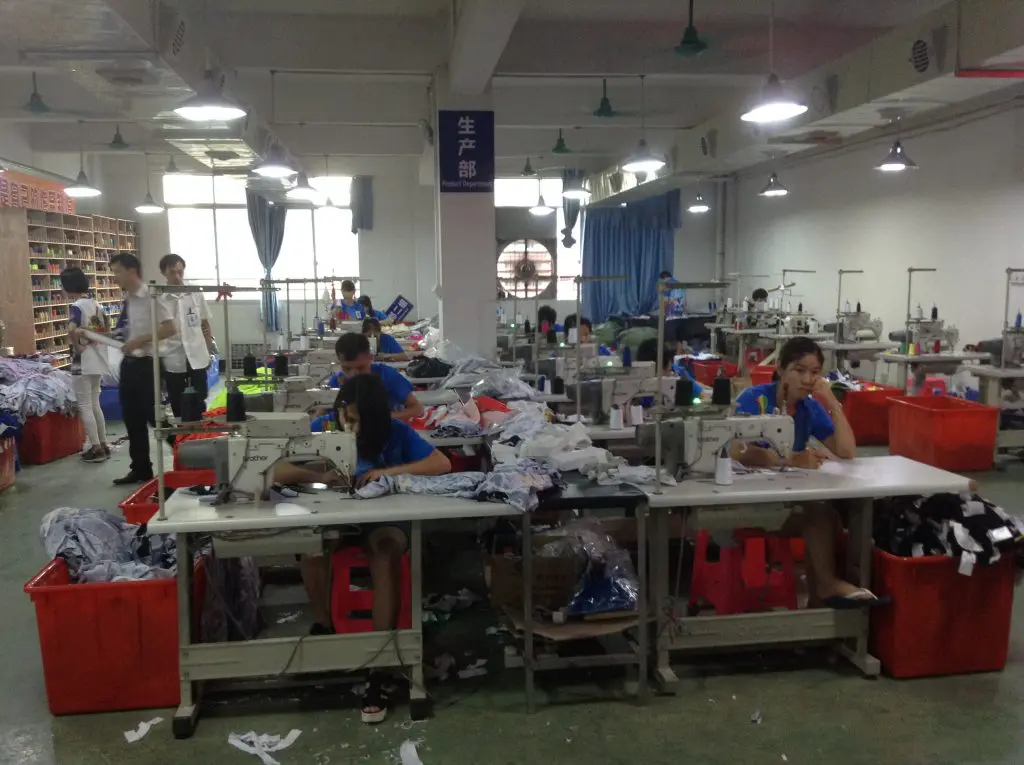
One tragedy that caused a global uproar was the collapse of the Rana Plaza building collapse in 2013 in Dhaka, Bangladesh. This building was occupied by garment factories for western companies, factory workers reported cracks in the building but were ignored. This negligence resulted in the death of 1,129 workers with even more injured.
As well as unsafe buildings, working conditions in these factories are often appalling, exposing workers to toxic chemicals, poor lighting, cramped conditions and exhausting working hours – for below the living wage. Working conditions in certain locations amount to modern day slavery, with child labour being a huge issue and cause for concern across the industry.
“Globally there are 151.6 million children aged between five and 17 years in child labour. Half of these children are in hazardous work including in fashion supply chains.” – Common Objective
''Slow Fashion in a Fast Fashion World: Promoting Sustainability and Responsibility''
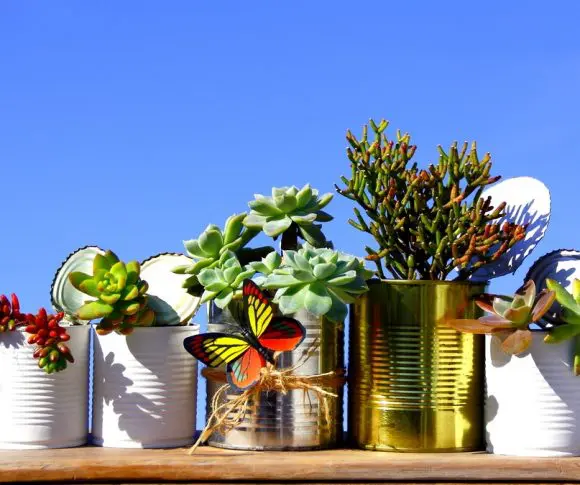
- Buy less, and buy higher quality clothes so items last longer
- Buy from sustainable brands
- Buy second-hand
- Swap clothes (online & at events)
💡 Bored of your wardrobe? Why not try restyling some of your favourite items? If you don’t feel up to the creative challenge you can always find a local tailor!
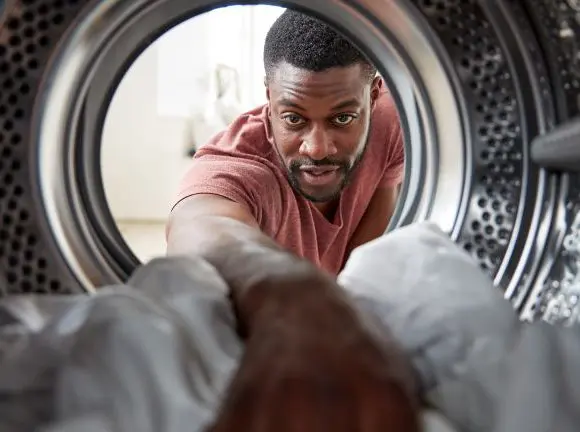
We all wash our clothes far too much – often clothes aren’t dirty when we wash them so check out this article to read some alternatives to bunging your clothes in the washing machine.
Why? Over-washing clothes creates more housework, but more importantly has a negative an unnecessary environmental impact. The average washing machine uses 13,500 gallons of water a year, as much as you drink in your lifetime.
💡 Clothes will need washing eventually, so when you do need to put a wash on why not try an eco-friendly laundry liquid and air dry your clothes on a clothes horse or on a washing line.

If you follow the first two suggestions, to buy higher quality clothes and to wash them less then your clothes should naturally last longer.
To take it a step further though, would be to repair them when do do show signs of wear and tear. Check out this video to inspire yourselves.
💡 As well as being good for the environment this is good for your wallet too!
Diet and Agriculture
It is expected that by 2050 the global population will rise by over 35%…and to feed this many people, crop production will need to double. Now we are faced with a challenge – how can we feed everyone…while preserving the health of our planet’s ecosystems?
Monoculture is planting a single crop, livestock species, or plant of one species that are genetically uniform in a growing area.
Monocultures became popular as a means to feed a rapidly expanding population allowing for increased simplicity, increased efficiency in planting and harvesting, as well as lowering costs (and higher profits) for farmers.
However, this method of farming has many drawbacks…
- Increased susceptibility of disease & pest infestation – this can lead to mass crop failure which is why we see increased usage of pesticides, fungicides, and herbicides. These inorganic chemicals negatively affect organisms in the soil and run through soil, polluting groundwater supplies – which in turn depletes neighbouring ecosystems.
- Increased risk of drought – poor soil hydrology in a monoculture means these crops require huge water inputs, putting pressure on our finite water supply.
- Nutrient depletion – a tilled and nutrient depleted monoculture requires chemical fertilizers and large amounts of water to feed the soil. When crops are harvested the soil degrades as it is exposed to erosive forces, which also affects the top soil’s chances of becoming replenished…then the land is no longer suitable for agriculture…
Which leads us onto deforestation… About 3.9 million square miles of forest have been lost since the beginning of the 20th century. More recently, in the past 25 years, forests shrank by 502,000 square miles – an area bigger than the size of South Africa (The World Bank). Some of the leading causes of deforestation are when land is cleared for agriculture or grazing.
Deforestation is having devastating effects for communities, species and on climate change.
“Some 250 million people living in forest and savannah areas depend on them for subsistence and income—many of them among the world’s rural poor. Eighty percent of Earth’s land animals and plants live in forests, and deforestation threatens species including the orangutan, Sumatran tiger, and many species of birds.” – National Geographic
Continuing innovation in agricultural methods is vital to address key challenges in agriculture and feed our growing population. Thankfully, we are seeing some very interesting innovative ideas emerge – but can we implement them fast enough? Can they be rolled out on a large enough scale? And, will these be sustainable?
“Globally, our diets are too narrow. Even though more than 6,000 crops have been used for food historically, fewer than 200 are used today and only nine account for nearly 70% of all food produced. This lack of diversity in our diet causes a lack of diversity in nature, and also makes us less resilient to pests or diseases in our food supply” – WWF
💡 If we as consumers change our dietary habits to encompass a wider range of foods, then eventually producers will mimic this – resulting in increased crop diversity, reduced over reliance on certain farming methods and a healthier planet.
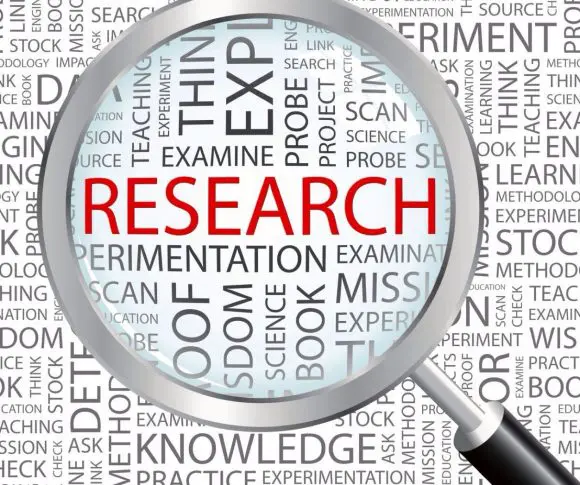
“Few decisions about diet, human health and environmental sustainability can be made on the basis of absolute certainty because evidence is incomplete, imperfect, and continually evolving.” (EAT-Lancet Commision 2019)
There are so many factors that come into play when it comes to considering how to make your diet more sustainable. It is important to acknowledge that this process is extremely challenging and will inevitably require compromises. Just remember any small changes will have a positive impact. It’s better to start small than not start at all!
Depending on where you are in the world healthy, balanced, diverse and sustainable diets will look different. Foods that are easily grown, more readily available and therefore likely more sustainable differ across the world. .
Some aspects and issues to consider when researching sustainable eating are:
- Nutrition
- Environment
- Economy and food supply
- Society and ethics
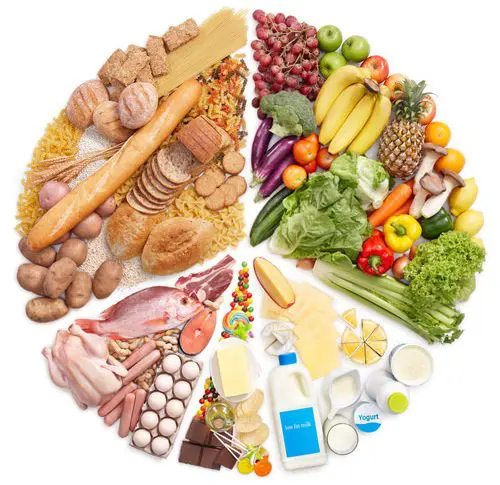
Our food choices can make a positive difference to people and nature. There seem to be endless factors to consider to make your diet more sustainable. So, it is important to acknowledge that this process is extremely challenging and will inevitably require compromises. Remember – any small changes will have a positive impact, it’s better to start small than not start at all.
One important thing to consider is lack of diversity in our diets and the resulting over-dependence on select foods…
“In order to avoid potentially catastrophic damage to the planet and ensure that everyone can eat healthily by 2050, global consumption of foods such as red meat and sugar needs to fall by about 50%, while consumption of fruit, vegetables, nuts and legumes will need to double.” – EAT-Lancet Commission
The British Nutrition Foundation reported that reducing meat intake to <50 g/day of meat, compared to >100 g/day was associated with 35% less greenhouse gas emissions. Greenhouse gas emissions were even lower with vegetarian (47% less emissions) and vegan diets (60% less emissions).
💡If you are thinking of reducing your meat consumption, remember to consider the impact of any meat replacements and the nutritional adequacy of diets.
We don’t have to exclude entire food categories to be sustainable, the key is variety and moderation with certain food groups such as meat and dairy foods.
- Eat a more plant-based diet
- Choose fish from sustainable stocks
- Source your meat and dairy from sustainable sources
- Be conscious of where your food is coming from – why not try buying less imported food and more local food?
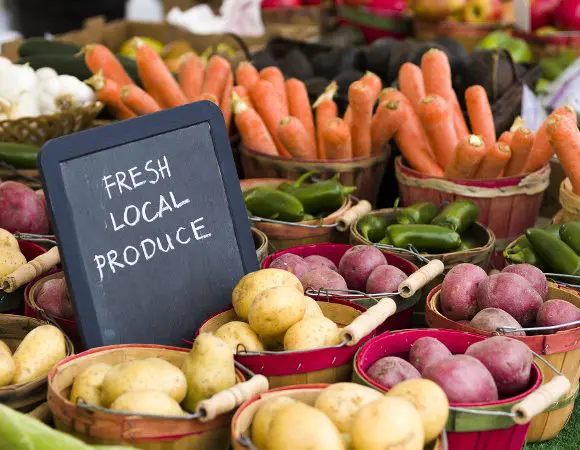
Global eating habits don’t just affect human health, but also largely influence the climate, life on land and life below water.
As we’ve highlighted food production has an enormous impact on the environment, and so much of this food is wasted! It is estimated that UK households waste over 6.5 million tonnes of edible food annually, 4.5 million of which is edible.
Ideas to help you buy and consume consciously:
- Reduce food waste
- Purchase food locally (*with caution), farmers markets can be better value for money and the environment! 💡Have you ever tried sites like Olio and Too Good To Go to get cheaper food and local markets for package free items? Saves money, reduces waste and it’s healthier too!
- Buy seasonal
- Avoid plastic packaging where possible (search for your nearest zero waste shop or look for zero waste brands online)
- Avoid unnecessary purchases
- Recycle (check local requirements)
- Why not try ecobricking?
* It’s not always better to buy local, but it usually is. For example, buying tomatoes out of the natural season in the UK means that they have been artificially produced- whether by chemicals or artificial heat.
Don’t forget, there are always two sides to an argument, and choices that might be beneficial for the environment could have a knock on social impact… For example, in Kenya green beans are a major commodity crop, it’s estimated that 50,000 smallholder farmers rely on selling green beans for income. A sudden decline in demand for non-seasonal imported products like these could have a devastating impact on the lives of producers in developing nations (if the transition isn’t properly managed).
Energy Use and Fuel Consumption
In 2018, about 90% of global CO2 emissions came from fossil fuels and industry. Fossil fuels are made of decomposed plants and organisms, formed over hundreds of millions of years and act as carbon sinks, so when burned they release CO2 and other greenhouse gases, contributing massively to global warming.
According to the Intergovernmental Panel on Climate Change (IPCC) emissions from fossil fuels are the dominant cause of global warming.
To limit global warming to 1.5°C above pre-industrial levels as set out in The Paris Agreement, the IPCC warns that these emissions must be halved within the next 11 years. Greenhouse gas emissions need to fall by around 7.6% annually for 10 years to be in with a chance of limiting global temperature rises to about 1.5°C.
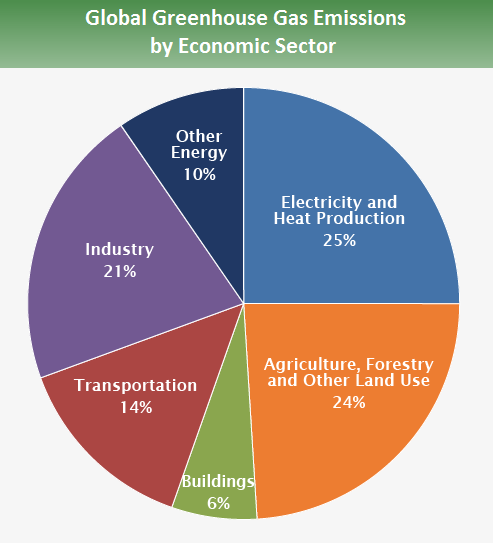
As we can see from this pie chart, electricity and heat production, agriculture and industry and the largest greenhouse gas contributing sectors globally. In the UK the largest source of CO2 comes from burning fossil fuels to make electricity. Hence why moving towards 100% renewable energy by 2050 and phasing out fossil fuels will be so vital to reduce carbon emissions (WWF).
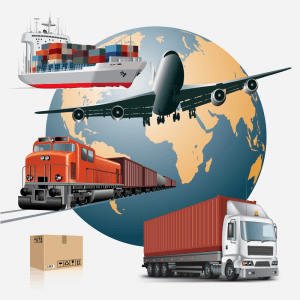
Transportation is another huge contributor for greenhouse gas emissions and therefore climate change. In addition to the devastating impacts unsustainable travel has had on the environment, the human impact of cities jam packed with transport is also severe. Although transport isn’t the only contributor to air pollution, air pollution in cities in contrast to rural settings is huge due to the volume of concentrated vehicles.
Globally 7 million annual deaths worldwide and US$ 5.11 trillion in welfare losses are caused by air pollution. Therefore, meeting the goals of the Paris Agreement could save about a million lives a year worldwide by 2050 through reductions in air pollution alone.
It’s not all glum news – check out these innovative solutions designed to overcome the challenges highlighted above associated with using fossil fuels as a source of energy.

- Avoid driving for short trips like popping to the shops.
- Switch your thinking! (Cycle instead of driving) Switching a ten kilometre journey per week from your car to your bike will burn around 300 calories each way and can save over 300 kilograms of greenhouse gas emissions each year.
- Consider using public transport where possible instead of driving.
- If you need to use a car in your day to day life then try a couple of the following tips:
- Check your tyre pressure frequently, under-inflated tyres can increase fuel consumption by 3%
- Service your car frequently, well-maintained cars can use 15% less fuel.
- Drive slower, a speed of 90 km p/h uses 25% less fuel than travelling at 110 km p/h.
- Consider opening your window rather than using air conditioning. Open your window at speeds less than under 70 km p/h (at high speeds the drag of open windows will use more fuel than air conditioning). Air conditioning can increase fuel consumption by ten per cent. At speeds above this, the drag caused by having your window down will use more fuel than the air conditioning.
- In need of a holiday? Why not try staying closer to home, or travelling by train or coach? Alternatively, look into more sustainable air travel providers, or consider how you might offset some of the emissions encountered by choosing air travel (lots of ideas to choose from in this module!)
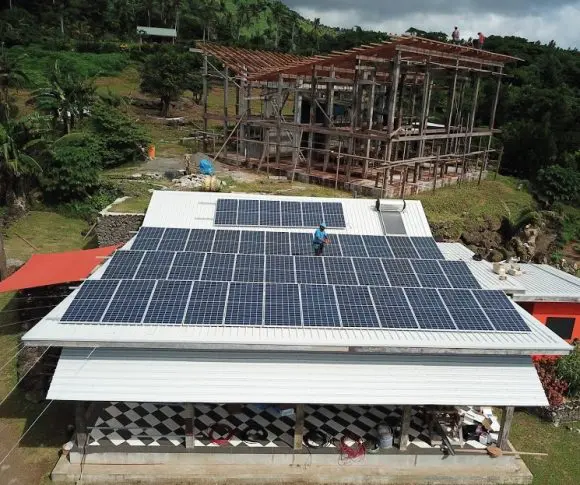
- As individuals, we can be conscious about reducing our fuel consumption where possible, and where this isn’t possible trying to source it from a more sustainable source. Switch to green energy companies for your home if you are able to do so – check out your local suppliers (they can sometimes be cheaper than mainstream counterparts, too!) Examples include Octopus and Bulb.
- Did you know that turning down your thermostat just 1 degree can save 8% on your energy bill and carbon emissions? Only heat your house when and where necessary. If you are working from home, you might want to consider just heating the room you work in (rather than the whole house) – this also goes for lighting too.
- Although it’s important to be comfortable, wearing an extra layer of clothing and taking regular movement breaks will keep you warm much more efficiently than blasting the heating 24/7. Before you switch on the heating, consider grabbing a jumper and a blanket…Invest in warm indoor shoe wear and clothing if possible (preferably second hand and durable!)
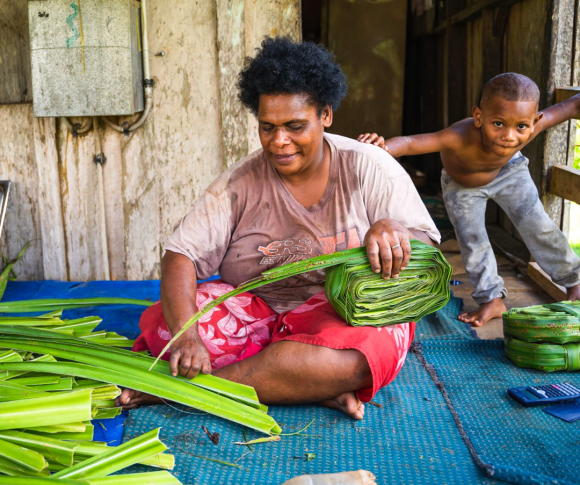
There are so many ways in which small changes to daily routines can benefit the environment, a particularly topic area at the moment is working sustainably from home.
“When working remotely at home, we can make the most of having more choice available” – How to be more sustainable when you work from home
- Reducing PC brightness – Reducing it from 100% to 70% can save up to 20% of energy usage
- Turn your equipment off overnight! This is a reminder to me as much as anyone, but if you can’t remember the last time you intentionally turned your laptop or phone off (battery depletion doesn’t count) then it’s time to make this a habit. Turning everything off at the end of the working day will save electricity, reduce your bills costs and help your brain switch off too.Energy used from devices left on standby account for 1% of world’s carbon dioxide emissions.
- Understand your internet carbon footprint
- Buy eco-friendly office products. Use recycled paper with a high recycled percentage and labelled ‘processed chlorine free’ – Compared to virgin paper, each ton of recycled paper saves: 17 trees, 380 gallons of oil, three cubic yards of landfill space, 4000 kilowatts of energy and 7000 gallons of water.
- Did you know kettles make up more of our energy consumption than ovens? Instead of filling the whole kettle each time, measuring out the water with your mug before boiling could save you around £20 a year. Even little things like using the same mug all day has an environmental (and personal) benefit – less washing up, less energy heating water & less detergent!
- Make the most of natural outdoor light to reduce your electricity usage – sit by a window or even outside if possible.
Sustainability Advocacy
Advocacy is activity by an individual/group that aims to influence decisions within political, environmental, economic, and social institutions. When we look at advocacy in terms of the environment and sustainability we see groups and individuals raising awareness and increasing access to information on nature and environmental issues with the aim of encouraging people to adopt more environmentally sensitive attitudes.
Environmental advocacy is becoming increasingly common as we get increasing access to information and realise the extent of the damage our collective behaviours are having on the world that we all need to survive. Movements like the famous Extinction Rebellion are empowering and bringing groups of people together to fight for change and demand actions to reduce the impacts of climate change globally.
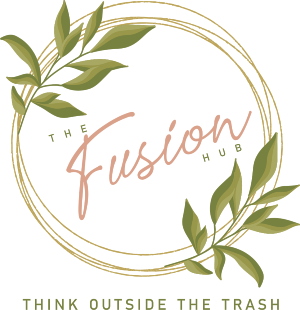
The Fusion Hub was born out of Sagufta Janif’s desire to provide a solution to Fiji’s growing waste problem, create a sustainable Fiji and contribute to the economic empowerment of Fijian women and youth. The company was founded in 2016.
The first aspect of our social enterprise is that we take in waste materials, like old tyres, discarded construction materials, textile waste, plastic and glass bottles, old broken furniture and we transform them into modern, handcrafted artistic furniture pieces. To scale impact will provide “Waste-To-Worth” capacity building programmes for women and young girls living in poverty. The 2 weeks capacity building program focuses on basic furniture making and designing.

The Global Ecobrick Alliance is an Earth Enterprise focused on energising local and global plastic transition through the spread and support of principled and practical ecobricking.
Ecobricks are a simple, low-tech solution to our plastic. Without the need for machines, special skills or capital ecobricks enable us to take personal responsibility for the plastic that we’ve consumed by keeping it out of industrial systems, securing it out of the environment, and putting it to good use in modules and earth constructions.
Ecobricking is a both an individual and collaborative endeavour. It unites people across class, age, economy and continents around the shared intention of caring for the local and global biosphere. The personal ecobricking process raise awareness of the consequences of consumption and the dangers of plastic. The collaborative process gives individual and communities an hands on experience of regenerative living and points in the direction of even deeper regenerative technologies, such as earth building and permaculture.

Precious Plastic Fiji is a completely youth led social enterprise that adopted the principles of a global movement that provides a solution to solve plastic pollution. The youth involved are committed to providing awareness of the environmental impact of plastic pollution with the objective to introduce a sustainable solution to address plastic waste for Fijian communities, a solution that has a holistic impact: educate, reduce waste and empower communities.
In 2018, the group was formed. The concept of providing an outlet/hub to address plastic pollution was far-fetched as the resources required to begin operations was not forthcoming. Despite this setback, the members of Precious Plastic continued to work towards establishing the organization, to give it an identity and direction. One year later, the organization enjoys a network of likeminded individuals and reputable civil society institutions working together to educate on and address plastic pollution.
Sustainability in Education and Work
Is it time to re-think education? There are various routes of alternative education that work on promoting sustainability due to the holistic nature of the curriculum; education systems such as Waldorf Steiner, Montessori, Forrest Schools, Green Schools and some home education systems such as unschooling, amongst others…
Waldorf Steiner and Sustainability
Steiner schools are a global network of schools based on the Waldorf pedagogy. Due to its principles in holistic living and education, Waldorf Steiner schools naturally create sustainable learning environments with a focus on nature and environmental preservation.
Children are also taught their basic subjects through the natural world; subjects such as woodwork, gardening and sewing are integral to their school experience and provide them with the tools to live more sustainably later in their life. With over a thousand Steiner schools around the world practising very similar holistic teachings, big impacts can be seen in the way that students often incorporate sustainability into their adult lives.
Forrest Schools
Forrest schools are a branch of education normally integrated within primary schools as part of the educational experience. Although they don’t directly focus on sustainability, the act of teaching young children to work with and appreciate nature allows for conversations and learning that incorporates sustainable living.
The Green School
The Green School is a fairly new and innovative branch of education, developed in 2006 in Bali, Indonesia. Both the building itself and the school curriculum have sustainability at the forefront – The Green School is now expanding to other countries such as South Africa and New Zealand, hoping to expand their sustainability focused education across the world.
You have 80,000 hours in your career.
“How can you best use them to help solve the world’s most pressing problems?
We’re a non-profit that does research to answer this question. We provide free advice and support to help you have a greater impact with your career.”
– 80,000 Hours


